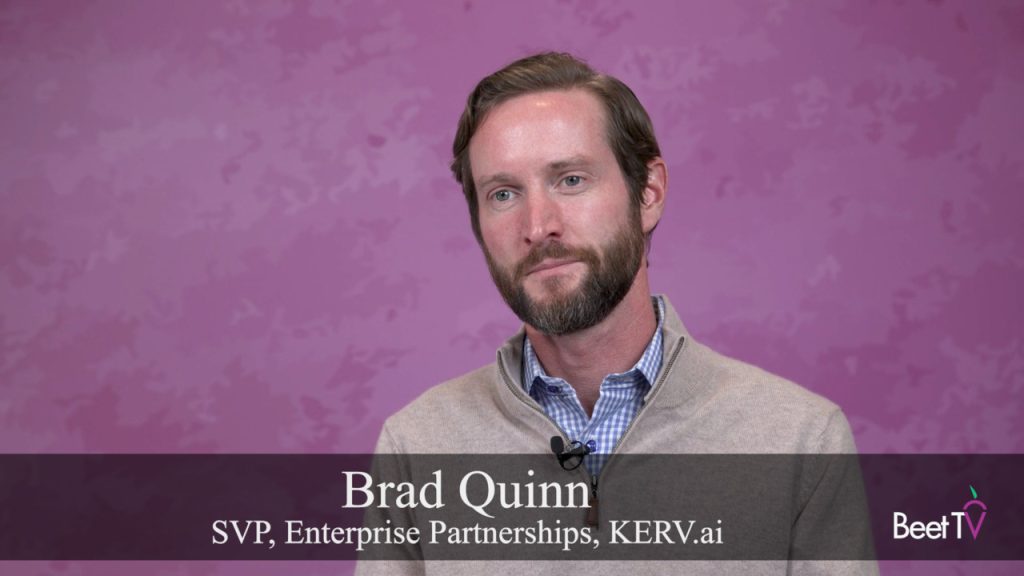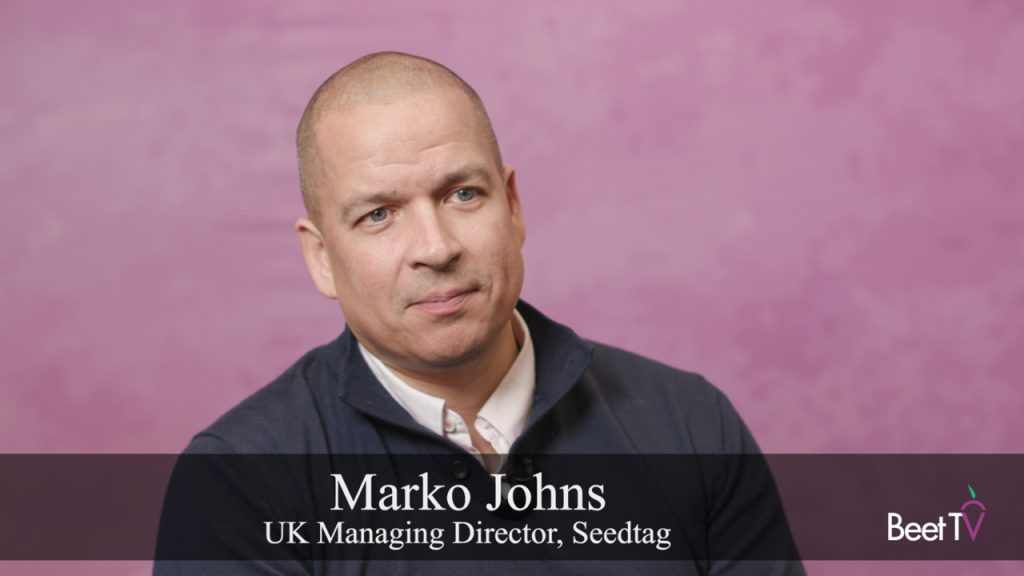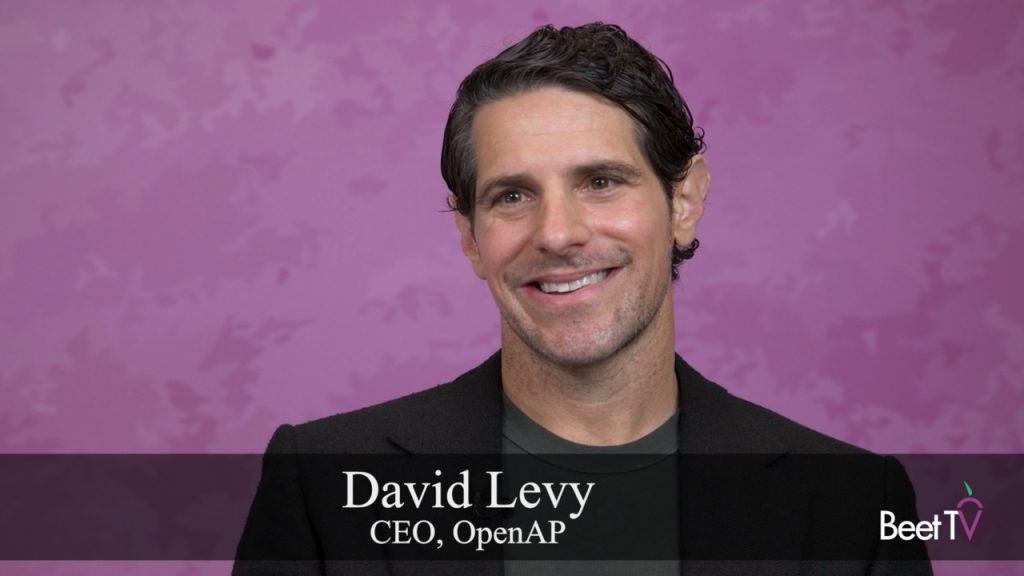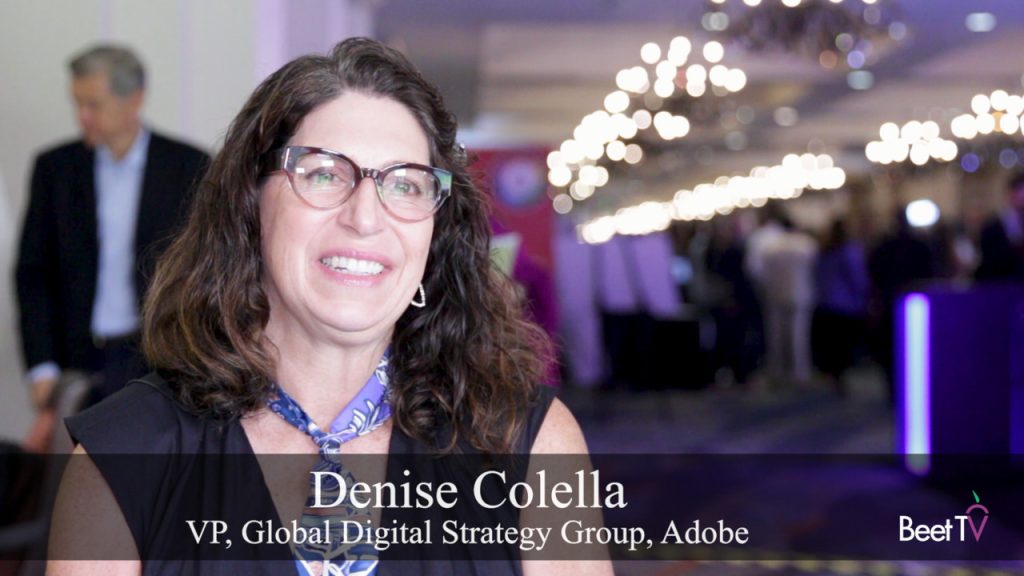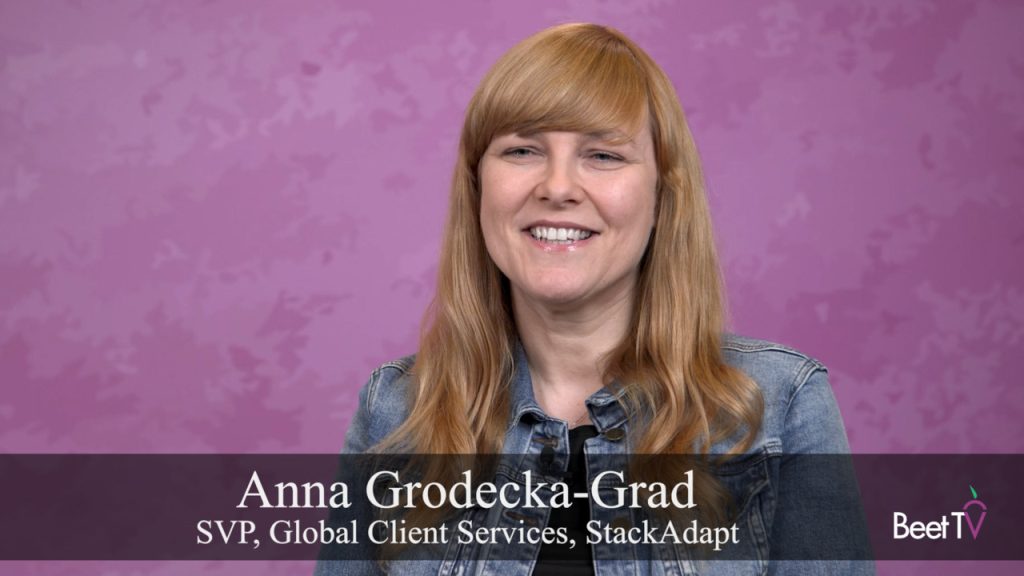What exactly constitutes “transparency” in the digital media ecosystem? To Hearst’s Mike Smith, it’s a multidimensional subject of debate that he parses into three categories: Pricing of ad inventory, who sells it and ad fraud involving creative assets.
In this interview with Beet.TV, Smith acknowledges the complexity of the programmatic transaction path and talks about efforts by the Internet Advertising Bureau (IAB) and the trade organization TrustX to give premium digital publishers more control over things like fees and fraud.
Digital transparency will be one of the main subjects under discussion at the DMEXCO 2017 advertising and media trade show that takes place in Cologne, Germany on Sept. 13 and 14.
According to Smith, who is SVP, Revenue Platforms & Operations at Hearst Magazines Digital Media, transparency into pricing of digital media raises is not something on which all players agree.
“Does everyone have the right to full transparency on pricing? Does the publisher, does the advertiser?” asks Smith. “That is a debated topic actually. It’s unclear if there’s uniformity in terms of everyone feeling that the information about pricing should be revealed to all.”
On the issue of who ends up selling publishers’ inventory, Smith praises the IAB initiative called ads.txt, an effort to enable publishers to restrict supply side platforms from re-listing/reselling their inventory. “It’s greatly important and I recommend publishers adopt it,” Smith says.
As for digital ad creative, a lot of ad fraud occurs when a programmatic buyer purchases an impression on a publisher “and several hops away from the series of buyers is someone committing fraud and redirecting a browser, hijacking a browser it’s called,” he says. Solving this would require “having transparency into who the buyers are all the way through to the end and what ad they’re serving.”
Smith terms TrustX critically important to publishers and advertisers as it seeks to help create an auction technology that would discontinue the outsourcing of advertising auctions to tech firms. The result would be a shared platform for the auctioning of media.
Like other media companies, Hearst seeks flexibility in the way its advertisers want to do business. The company still uses traditional insertion orders and “we have a multitude of programmatic fulfillment channels, a series of open exchange channels, private exchange channels, private auction preferred deals, programmatic direct,” Smith says. “We accommodate our advertisers fully.”
This video is part a series that examines programmatic from both the seller and the buyer perspective. It is presented by PubMatic. For more videos from the series, please visit this page.










